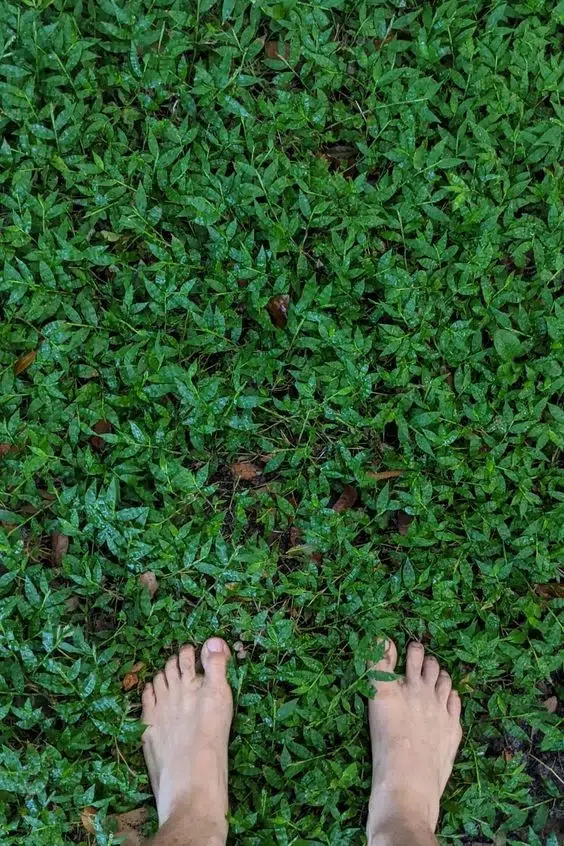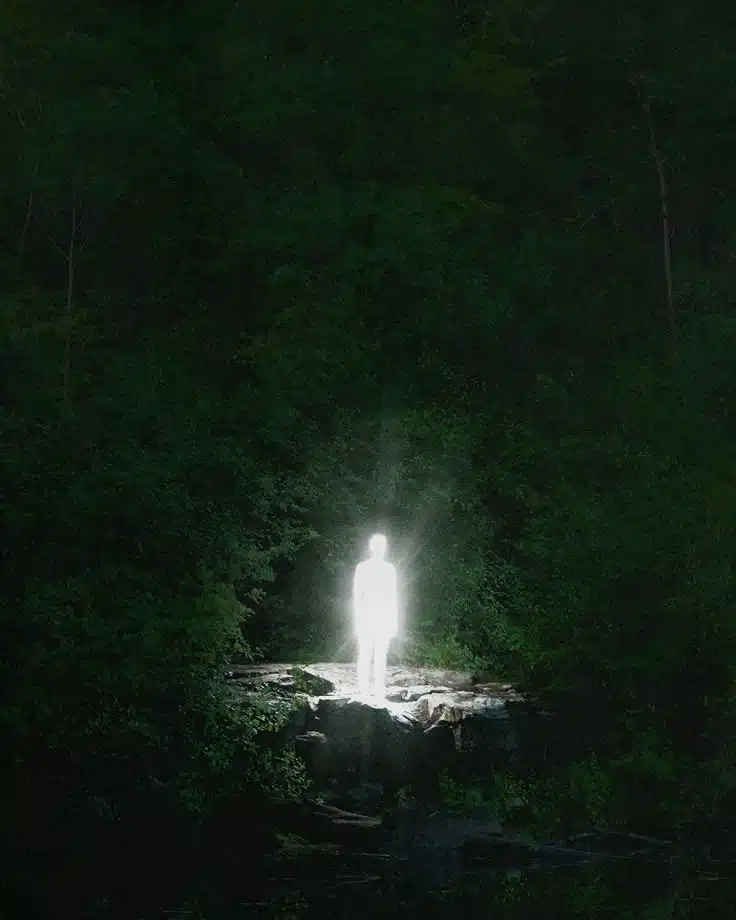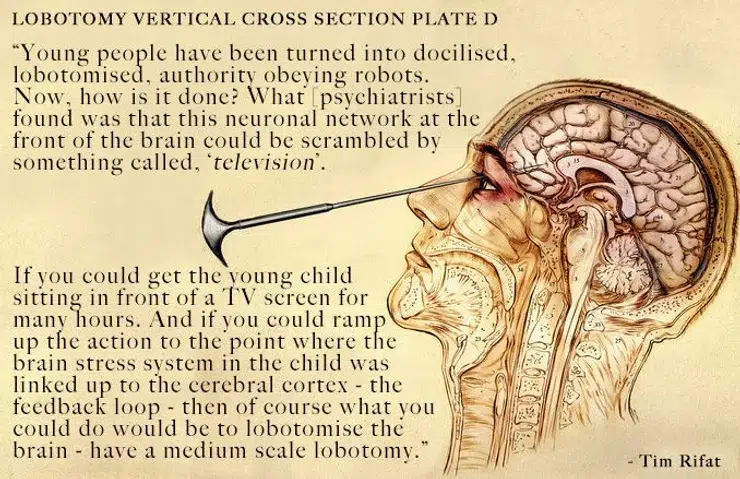If we are willing to stop for a moment and accept that we, humans, are part of nature, then to be healthy we need to be in sync with nature. This will be expressed in the nutrition we are meant to eat, in the encounter of our eyes and body with the sun so that it knows whether it is morning or night, so that it can receive the vitamins and support it needs to be healthy.

Since the invention of shoes, especially rubber soles, we have been separated from the earth, and when this happens, we are prevented from allowing a natural process of connection with the earth. Furthermore, shoes create most of the problems and pains we have in our backs and ankles when the shoe changes the natural shape of the foot – but that’s for another article.
On a more scientific/observational level, the concept of grounding has become increasingly common in recent years as a way to achieve optimal health, but in reality we are simply dealing with years in which we have distanced ourselves from people in general, shoes and concrete. Just like we are returning to eating natural food after decades of processed food.
On the most environmental level, grounding refers to direct, unmediated contact of our body with the earth. This can be directly on the earth, but also on any other organic material that comes into contact with the earth. Grass, beach, field, and so on
In theory, the idea is that we carry a positive electrical charge in our bodies, and direct contact with the earth, which carries a negative electrical charge, can balance the body’s electrical field. Grounding, in practice. Just like we have grounding in electricity in every home.
What is our problem? The claim is that positive charge that accumulates over time and is not discharged can lead to a wide range of health problems.
Because we live in concrete buildings and walk with thick shoes on paved paths – many of us rarely come into direct contact with the ground.
This scenario, which is very common, leads us, according to the theory, to a permanent electrical imbalance.
Some of the benefits we know, or actually the things that will improve in a person who avoids walking on the earth, are from reports from those who have worked and experimented with the various grounding techniques
Improved sleep quality
Reduced chronic pain
Increased energy levels
Accelerated healing processes
Reduced blood viscosity
Neutralizes free radicals
Improved mood
Improved blood flow to the skin of the face
Improved and reduced levels of inflammation
Improved digestion
Grounding in practice
So now that we understand the basic mechanism behind grounding, here are some practices that are used for the grounding process:
Walk barefoot on the earth (or lie down) – the simplest and most convenient way to ground is to go out to the earth near your home and stand or walk with bare feet. You can also add your palms, every point of contact will contribute to the process. Ideally, at least 20 minutes of continuous exposure to the earth a day. Sitting on the ground with your pants on
also does the job, as does putting your hand on a tree.
Immerse yourself in natural water sources – another and simple way, for those who have access to such sources – is to immerse yourself in natural water sources. Water is an excellent way to ground yourself, thanks to its mineral richness. Lake, river and sea.
Grounding pads (including grounding equipment) – suitable for those who do not have easy and safe access to bare ground, or who have difficulty finding the time to devote themselves to walking barefoot in nature. For example, elderly and physically disabled people, or those who sit for many hours in the office in front of a screen. The various pads are connected with a special plug that connects them only to the grounding of the structure. In this way, contact with the pad connects us to the electrical charge of the ground and its free electrons.
There are pads for the feet, or those that people can place on their desks under their keyboards. There are bedspreads that allow them to spend the night sleeping while connected to the ground. It is undoubtedly a great way to overcome the constraints of modern lifestyle, which exclude us from this simple encounter with the earth.
You can easily order from Amazon.

Grounding as part of our connection with life
No matter which grounding practice we choose, it is worth looking at the idea of ”grounding” as something that is not only intended to ease and benefit the physical body. But as a connection with nature, which is essentially us. Grounding provides us with a sense of stability, connection, motherhood, security, inner strength, balance and peace. All of these support the immune system and the overall health of the body.
The more I spend time in nature, the healthier, happier and closer I feel to my essence in this world.






























